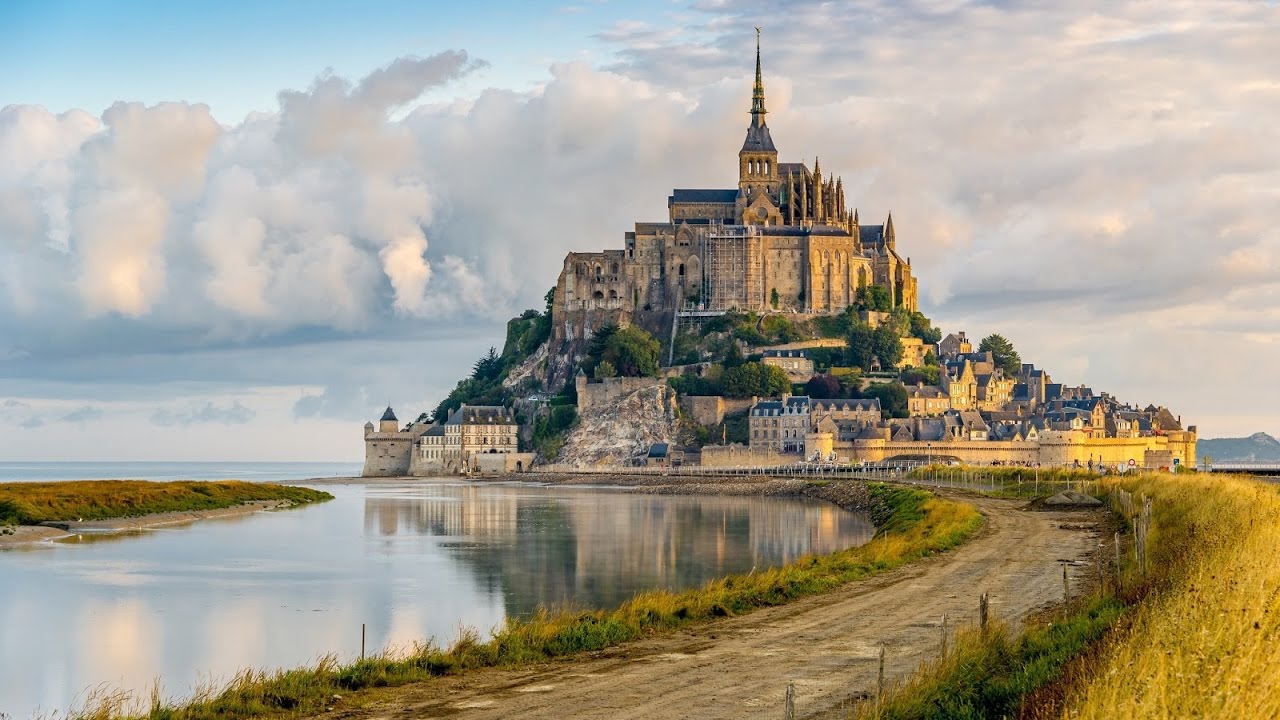Every one of these awesome places is stranger than the one before! The only thing that they have in common is that they look like something out of a science-fiction movie. But they are real and waiting for the next intrepid traveller.
Bolivia’s Salt Flats
Also known as Salar de Uyuni, this blindingly white landscape in central Bolivia’s is likely to have been created roughly 30 000 years ago when the Lago Minchin dried up, leaving only the salt behind. Today there are 10 billion tons spread over 4 000 square miles, cracked up into naturally occurring hexagonal shapes. If you go during the January to March rainy season, the thin layer of water spread across it creates the spectre of an infinite mirror.
British Columbia’s Spotted Lake
From June through to September, the warmest months of the year, this 61-acre lake evaporates, leaving behind canonical ring shapes. High levels of minerals like calcium, magnesium, silver, and titanium make the water reflect blue, green, and yellow, making for a truly psychedelic experience.
Northern Ireland’s Giant’s Causeway
If you hike down along the Northern Ireland coast, you’ll come across an unquestionably remarkable scene. Hexagonal stones stacked along the water! There are almost 40 000 of these columns, all formed around 60 million years ago when magma spewed and then rapidly cooled in the area.
Some of the columns are almost 40 feet high, others are short enough for you to walk across. One of the most striking views is the Giant’s Organ, a cluster of about 60 ballasts almost 40 feet high with three shorter columns giving the effect of an elaborate musical instrument.
Worried you won’t be able to afford one of these trips? Why not sign up for welcome bonuses? They are available at any of the many online casinos and bookmakers operating these days and let you play real money games or wager on your favourite sports team to earn a little something extra.
The Philippines’ Chocolate Hills
Legend has it that the Bohol mounds were formed from the tears of a wretched giant who fell in love with a local girl. While the actual one is no doubt much more prosaic, geologists have not actually been able to agree on how they came to be. And this is not a chocolate-lovers paradise, alas! The name comes from the vibrant green cape global tents mounds turning brown in winter. But it’s still a fascinating landscape made up of 1 200+ conical hills which are between 40 and 100 feet high.
Spain’s Rio Tinto
Literally translated to Red River, Rio Tinto is no misnomer and it’s a must-see if you’re travelling in Europe. This 62-mile long river really does run crimson and the banks look downright lunar, too. This is because of a combination of rare bacteria, low oxygen levels, and pollution from the mining for copper, gold, and silver that has been going on since 3 000 B.C. In fact, this area of southwestern Spain is so alien that it’s seen scientists from NASA studying the composition.



